Two hundred and eight years after the monumental Battle of Waterloo, a previously hidden account by Thomas Ker, a Scottish merchant residing in Brussels at the time, has emerged, shedding new light on the immediate aftermath of this historic conflict.
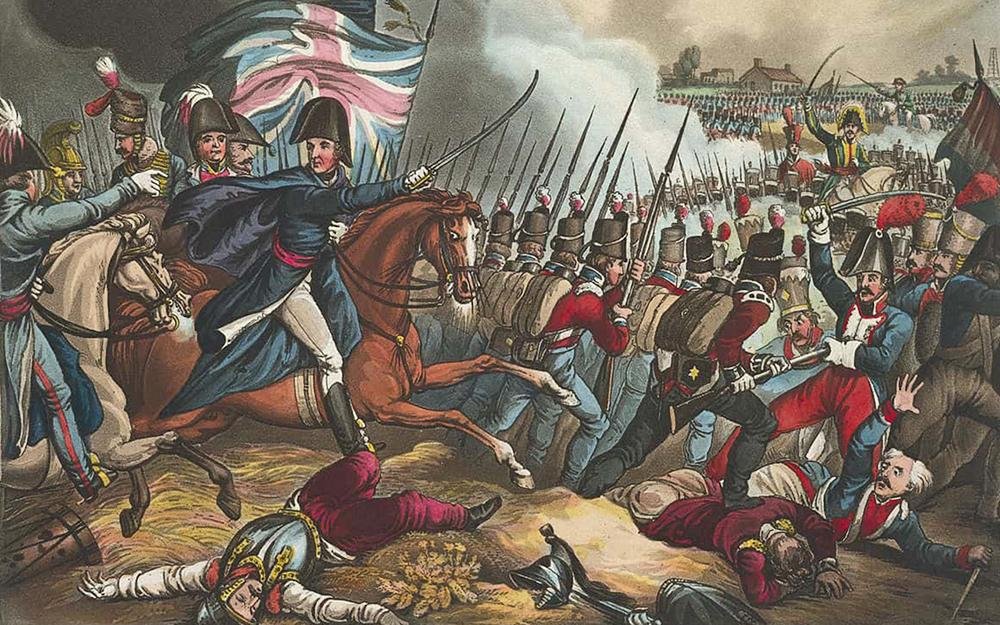
Ker’s writings, recently published for the first time, offer a haunting and vivid depiction of the harrowing scenes he witnessed on the blood-soaked battlefield.
His personal narrative, discovered in the archives of the University of Glasgow, provides a unique perspective as one of the earliest civilian visitors to document the aftermath of the battle.
On the fateful evening of June 18, 1815, the guns of Waterloo fell silent after a clash of powers that forever altered the course of history. Up to 20,000 lives were lost, leaving behind a tableau of devastation.
It was in the midst of this chaos that Thomas Ker embarked on a perilous journey to the battlefield, becoming the first civilian eyewitness to record the horrors that unfolded just hours before his arrival.
The scenes he encountered were unimaginable—a haunting symphony of dismembered body parts, wounded soldiers, screams of anguish, and the ruins of war.
Professor Tony Pollard, renowned as Scotland’s leading battlefield archaeologist, unearthed Ker’s writings from the University of Glasgow‘s archives.
Ker’s collection, comprising letters and a hand-written book, had been preserved by his family and donated to the university in 2018.
The discovery of these accounts marked a significant moment in historical research, as no previous description of the immediate aftermath of the Battle of Waterloo had ever been documented.
Ker’s experiences and his subsequent visits to Waterloo—18 in total—within a few years demonstrate the profound impact the battlefield had on him.
Despite the trauma he endured, his repeated exposure to the site mirrored what is now known as “exposure therapy,” suggesting that confronting the horrors he witnessed may have contributed to his healing process.
This insight into the psychological effects of war resonates with modern understandings of post-traumatic stress disorder (PTSD).
The Battle of Waterloo, fought on June 18, 1815, near the village of Waterloo in present-day Belgium, marked the end of Napoleon Bonaparte’s reign as Emperor of the French. It served as the climactic event in the Napoleonic Wars, a series of conflicts that engulfed Europe for over a decade.
The battle pitted Napoleon’s French army against an allied coalition led by the Duke of Wellington, representing Britain, the Netherlands, and Prussia. Despite Napoleon’s tactical brilliance, the allied forces prevailed, securing a significant shift in the balance of power on the continent and heralding a period of peace and stability.
Ker’s writings provide a stark contrast to detached scholarly discussions of Waterloo, focusing on the human element and the true cost of war.
His poignant descriptions transport readers to Mont St John, just south of the village of Waterloo, in the immediate aftermath of battle.
Amidst the chaos and carnage, Ker paints a harrowing picture—a tapestry of the dying, the wounded, and the dead. His words capture the cries for water, the agonized pleas for relief, and the collective suffering that pierced the souls of those who bore witness.
The indiscriminate nature of war is vividly conveyed as allies and foes lie side by side, united in their tragic demise. Ker’s writings, characterized by raw emotion and vivid detail, immortalize the profound impact of this historical turning point.
Ker’s personal pilgrimage to Waterloo stands out among other contemporary visitors to the battlefield. While most arrived weeks after the fighting had ceased and the fields had been cleared of the dead, Ker ventured to Waterloo when the wounded.
More information: Tony Pollard. (2023). “I have been Eighteen times since that awful day.” the Ker papers, relic collecting, and the origins of battlefield tourism at Waterloo, Journal of Conflict Archaeology, DOI: 10.1080/15740773.2023.2207997



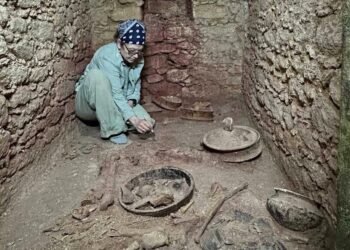
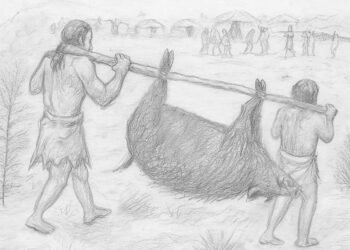
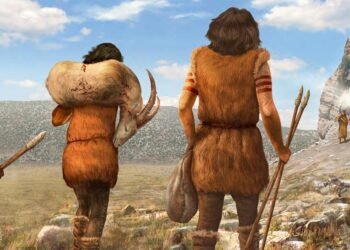


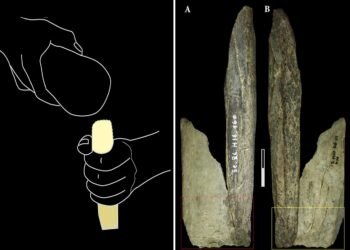
















There were civilian spectators ON the battlefield whilst it was being fought and several histories mention them,
As for Ker’s post traumatic stress, what about the thousands who went through it at the moment hot metal and explosions were rendering the ground for hours on end? And slept exhausted on the battlefield amid the carnage as night fell, some using dead bodies as pillows?